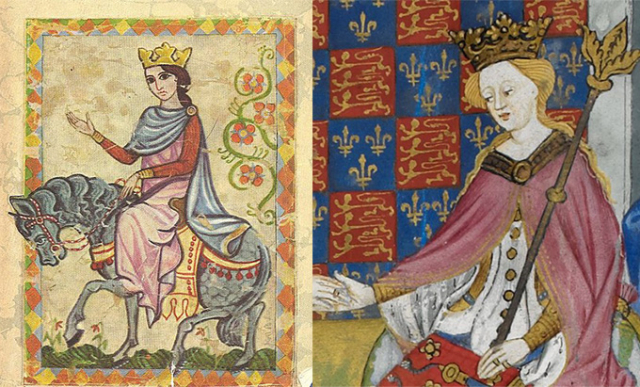Power, authority and geography
Teaching History article

Medieval political history through the stories of powerful women
Dissatisfied by her previous enquiries on medieval kingship and inspired by Helen Castor’s 'She-Wolves', Elizabeth Carr sought to incorporate the stories of powerful medieval women such as Empress Matilda and Eleanor of Aquitaine into her Key Stage 3 curriculum. Carr used these stories to highlight to her pupils the crucial substantive concepts of power and authority and the wider European context of English medieval politics. She discusses how laying these substantive foundations will help her pupils achieve more later in Key Stage 3 and beyond.
Despite studying medieval English political history as an undergraduate, it had not occurred to me to take powerful women of the medieval period seriously. It certainly had not occurred to me to give women a central place in my teaching of medieval political topics at Key Stage 3. I was fully convinced by Susanna Boyd’s argument for a more inclusive and representative history, but looked to social and cultural history topics for opportunities to improve the representation of women in the curriculum.1 When it came to teaching about medieval power and politics, at least in matters of kingship and government, I imagined that the most I could do was to nod to the occasional exceptional woman making a cameo appearance at times of unusual upheaval or crisis. How could I justify spending time on such marginal or exceptional figures?...
This resource is FREE for Secondary HA Members.
Non HA Members can get instant access for £2.49

